Case Study: In home Care
Funding In-Home Care for Seniors: Exploring Options for Financial Advisors

Discover smart financial strategies to help seniors stay in their homes while receiving the care they need.
As seniors age, many express the desire to "age in place”, that is, remain in the comfort of their own homes rather than move to an assisted living community or nursing home. In fact, 9 out of 10 older homeowners express the wish to stay in their homes "as long as possible." However, while the idea of aging in place may sound appealing, it comes with its own set of challenges.
Each year, one in three adults over the age of 65 experiences a fall, and half of these falls occur at home. Falls are among the leading causes of injury—and even death—among seniors. Those aged 85 and older are four times more likely to experience a fall than younger adults. It’s important to consider both the comfort of home and the health risks that increase with age. By understanding these challenges, you can guide clients toward making informed decisions that best suit their needs.
Many seniors will require some level of care as they age, and those needing full-time support are often faced with the reality of expensive care options. Understanding how to fund these expenses is crucial for families. Let’s explore a case study to demonstrate how we can offer meaningful solutions to clients.
Case Study: A Practical Solution for In-Home Care
One of our clients, an 84-year-old woman, needed 24/7 care. She decided to remain in her home rather than move to an assisted living facility. 24/7 care will cost her $24,000 a month. Her home was valued at $2.75 million, with a remaining mortgage balance of $200,000.
The client was presented with two options:
Option 1: Liquidate investments to pay for the care. However, this would create a tax liability and would require selling in a down market.
Option 2: Consider using Home Equity.
After evaluating both options, the client chose Home Equity using a jumbo reverse mortgage.
She was approved for a $1.1 million loan at a 7.5% interest rate, she was able to pay off the existing $200,000 mortgage and $50,000 for other debts. The remaining $850,000 was available as a Line of Credit (interest only accrues when funds are withdrawn). The unused funds in the LOC grow annually at 1.5%. Monthly payments were set up to cover her in-home care expenses. The great benefit of a reverse mortgage is that there is no obligation to pay the principal and interest. You must, however, pay taxes and insurance every year.
When comparing the two options, using Home Equity allowed her to keep her investments intact and grow thus avoiding potential tax liability.

NMLS #455531 | DRE #02193796 | CFP ID 35581 | CA INS Lic. #0C73125
All Rights Reserved | Retirement In Reverse | Web Design by GoBeRewarded


